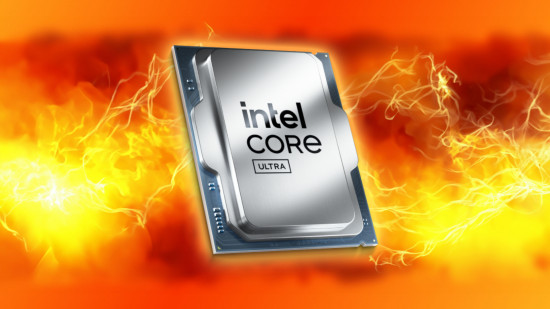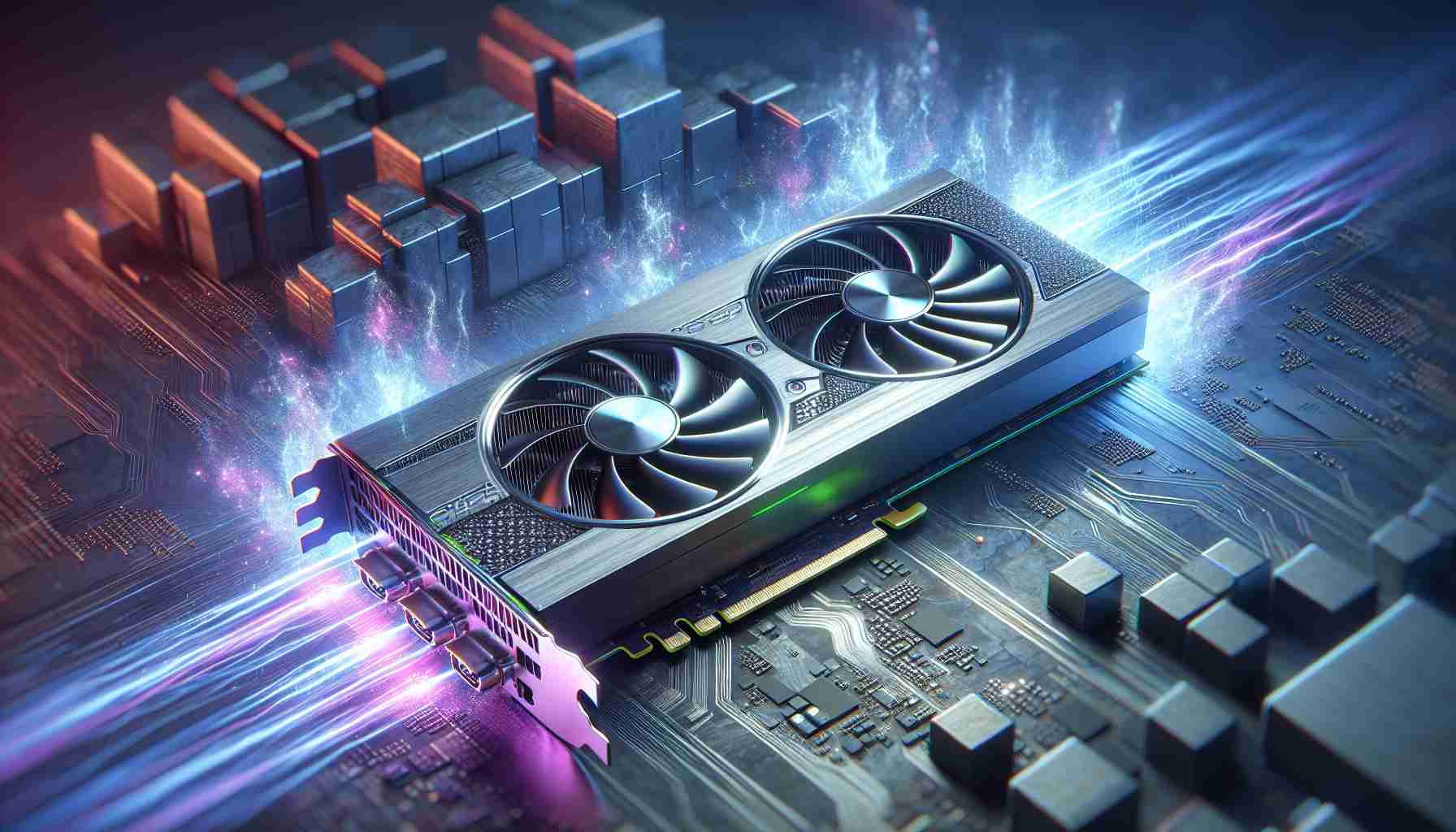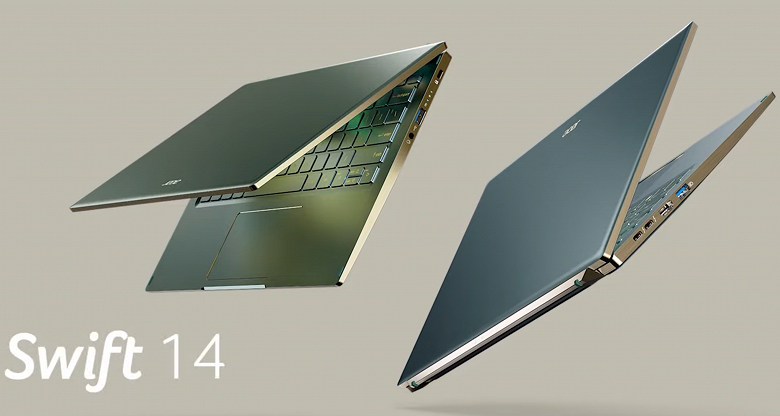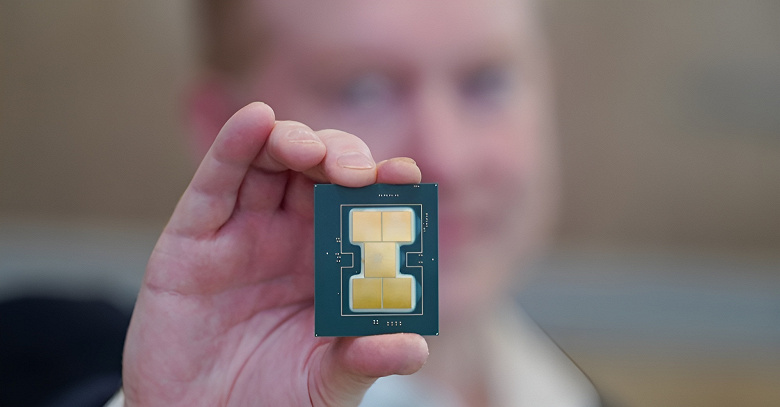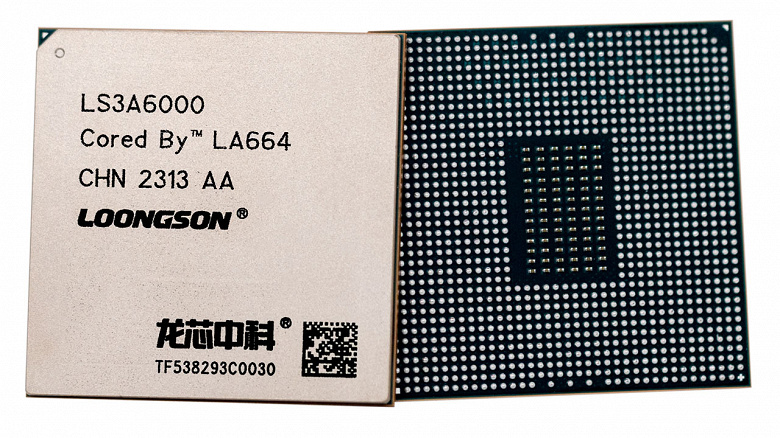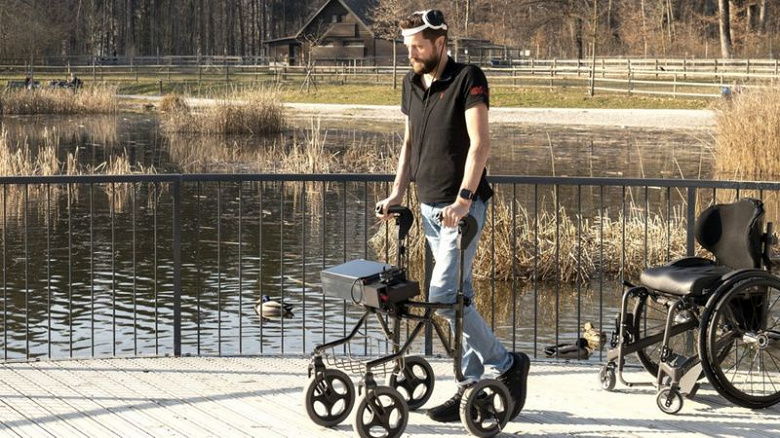Intel Ice Lake server processors, if postponed again, then slightly
At the quarterly reporting conference, Intel representatives announced that mass shipments of 10nm Ice Lake server processors will begin only in the first quarter of next year. Rumors of a new delay emerged last week, but industry analysts reassured that it was weeks rather than months.

